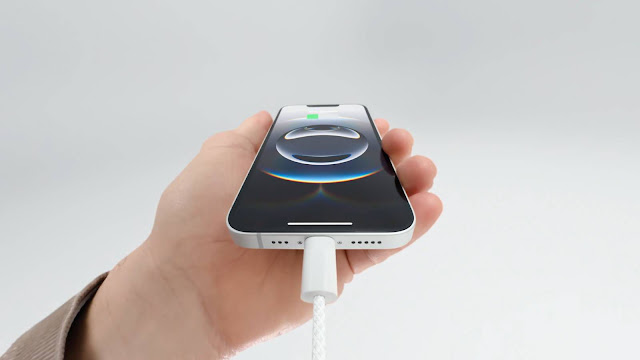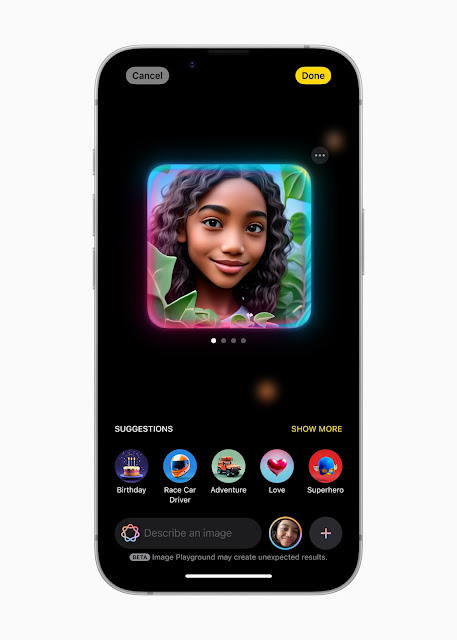The Apple iPhone 16e in black and white variants, featuring a minimalist design with a single rear camera.
Introduction
Apple’s latest budget-friendly offering, the iPhone 16e, has spent a month in the hands of users—and the verdict is in. Promising the Apple experience at a lower price, does this device deliver, or do its compromises hold it back? Let’s break down its design, performance, camera, and more to find out.
Design & Build: Classic Apple, But Missing Some Sparkle
The iPhone 16e sticks to Apple’s signature sleek aesthetic with an aluminum frame and a 6.1-inch OLED display. Fans of minimalist design will appreciate its familiar look, reminiscent of the iPhone 14. But cost-cutting measures are evident:
- No MagSafe: Say goodbye to magnetic accessories and faster wireless charging.
- Outdated Connectivity: It skips Wi-Fi 7 and Ultra-Wideband (UWB) tech, which higher-end iPhones use for precision tracking.
Display: Vibrant but Stuck in the Past
The OLED screen shines with rich colors and deep blacks, perfect for streaming and scrolling. However, the 60Hz refresh rate feels dated next to rivals like the Google Pixel 9a, which offers buttery-smooth 120Hz. Casual users won’t mind, but gamers and heavy scrollers might notice the lag.
Performance: A18 Bionic Keeps It Snappy
Powered by Apple’s A18 Bionic chip, the iPhone 16e handles daily tasks effortlessly. Multitasking, gaming, and app-switching are smooth, though it has one fewer GPU core than pricier models. For most users, this won’t matter—iOS 18 optimizes performance beautifully, ensuring lag-free operation.
Camera: Simple but Limited
The single 48MP rear camera is a mixed bag:
- Pros: Daylight photos are crisp and vibrant, ideal for Instagram snaps.
- Cons: No ultra-wide or telephoto lens. Low-light performance struggles, and the lack of versatility puts it behind Android rivals like the Pixel 9a, which offer multi-lens setups at similar prices.
Battery Life: All-Day Power (If You’re Patient)
Software & AI: iOS 18 Shines, But AI Lags
Vs. Competitors: The Pixel 9a Looms Large
- The iPhone 16e’s toughest rival is the Google Pixel 9a ($499), which undercuts Apple with:
- 120Hz OLED display
- Dual cameras + AI-enhanced photography
- Larger 5,100mAh battery
User Feedback: Love It or Leave It
Early adopters are split:
- Fans praise its reliability,
- sleek design, and
- seamless Apple integration.
Final Verdict: Who Should Buy the iPhone 16e?
The iPhone 16e is a competent entry-level Apple device with standout battery life and dependable performance. But its compromises—single camera, no MagSafe, slower charging—make it hard to recommend over rivals like the Pixel 9a.
Buy it if: You’re deep in the Apple ecosystem and want a no-fuss, budget iPhone.
Skip it if: You crave cutting-edge specs, versatile cameras, or faster charging.
In a crowded mid-range market, the iPhone 16e does enough—but just enough. Your move, wallet.





.png)


